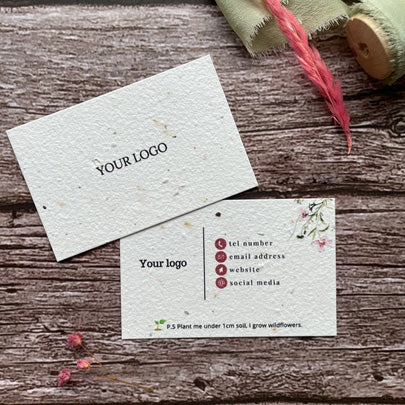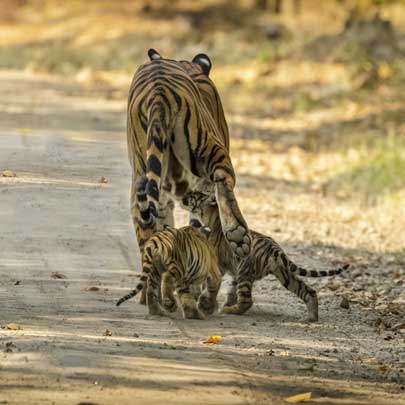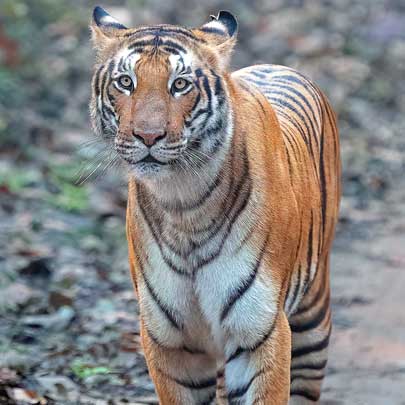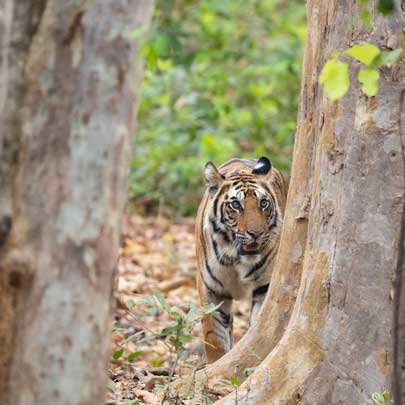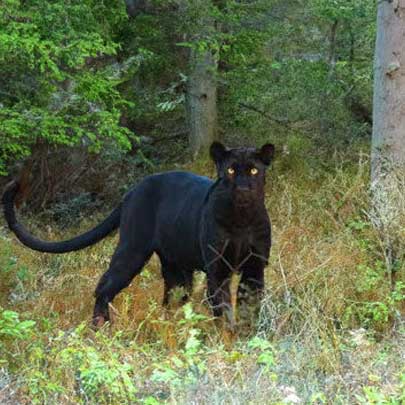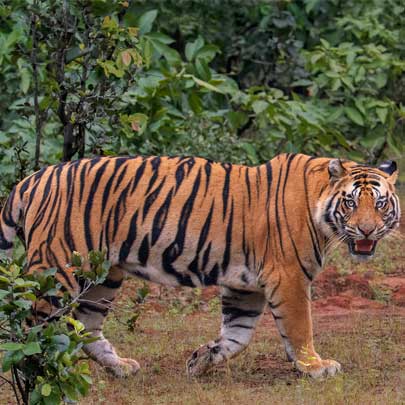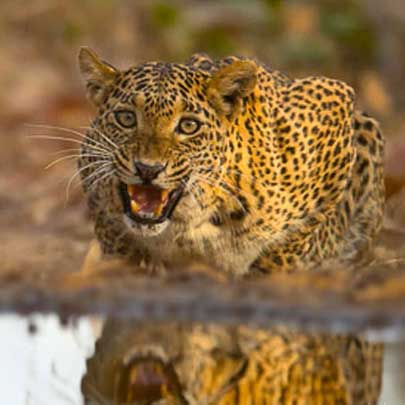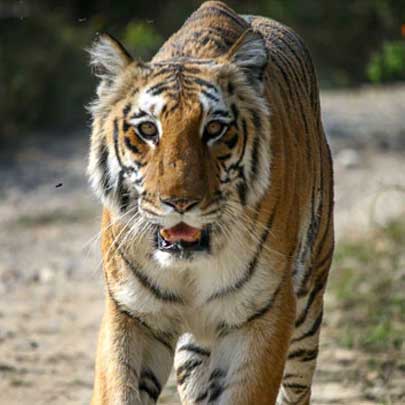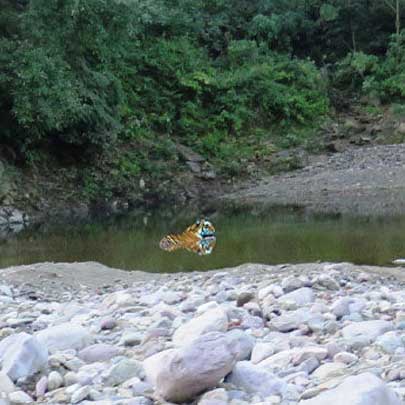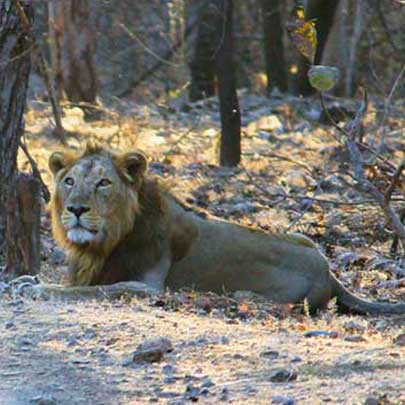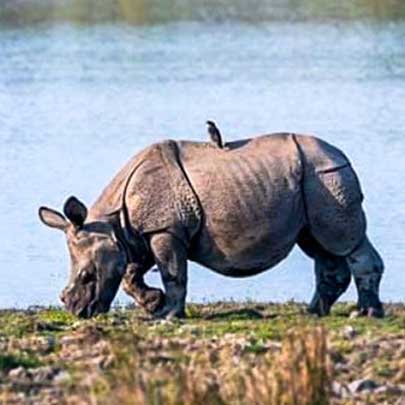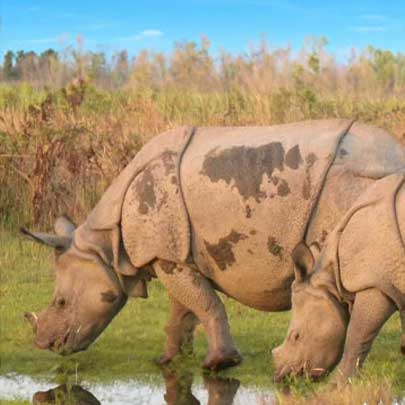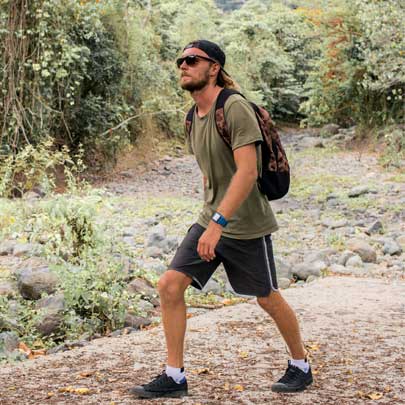How Wildlife Tours Support Indigenous Communities
How Wildlife Tours Support Indigenous
Communities
In the heart of India's lush forests and expansive wildlife reserves, something powerful is happening — a silent yet transformative revolution. Wildlife tours are not only offering travelers unforgettable encounters with majestic creatures like tigers, elephants, and leopards; they’re also uplifting the lives of Indigenous communities who have lived in harmony with nature for centuries. These experiences go far beyond mere sightseeing. They form a cornerstone of community-based tourism and sustainable travel that benefits both nature and the people who call it home.
In this blog, we will explore how wildlife tours in India support Indigenous communities, with a special focus on the commendable work of the Wildlense Eco Foundation, a nonprofit organization at the forefront of conservation and community empowerment.
The Intersection of Wildlife Tourism and Indigenous Communities

A Symbiotic Relationship
India is home to more than 104 million Indigenous people, officially known as Scheduled Tribes. Many of these communities inhabit or border wildlife-rich areas such as Kanha, Bandhavgarh, Pench, and Satpura — some of the top destinations for wildlife safaris in India.
For decades, conservation efforts excluded Indigenous people, often displacing them from ancestral lands. However, the rise of eco tourism and responsible wildlife tourism is reversing this trend. Tour operators, NGOs, and local governments are now actively including Indigenous people in the tourism value chain — as guides, artisans, storytellers, and hospitality providers.
Economic Empowerment Through Wildlife Tours
Employment Opportunities
Wildlife tours generate a range of job opportunities for Indigenous youth and adults. From safari drivers and naturalist guides to housekeeping staff in eco-lodges, these roles provide consistent income and reduce dependence on forest resources.
For example, in Madhya Pradesh’s Pench National Park, many guides and trackers now come from nearby Gond and Baiga tribes. Their deep knowledge of the jungle, passed down through generations, makes them exceptional at tracking wildlife and interpreting forest behavior.
Promoting Local Handicrafts and Art
Tourists love taking home souvenirs, and this creates a market for locally made crafts. Indigenous artisans sell traditional items such as Gond paintings, bamboo products, and handmade jewelry. This sustainable tourism model ensures that local skills and art forms are preserved while providing an additional income source.
Cultural Exchange and Social Inclusion
Storytelling and Heritage
Community-based tourism goes beyond economic benefits. It creates opportunities for cultural exchange. Indigenous communities often conduct cultural nights, featuring traditional dances, music, and stories of the jungle. This helps in preserving their unique heritage and gives travelers a deeper appreciation of India’s tribal richness.
Boosting Social Pride
When tourists express admiration and respect for Indigenous traditions, it boosts the community’s morale and self-esteem. Children grow up seeing their parents being valued for their culture and knowledge, which strengthens their sense of identity.
Conservation Through Community Engagement
Indigenous Knowledge in Conservation
One of the biggest advantages of involving Indigenous communities in wildlife tourism and conservation is their intimate knowledge of the ecosystem. They know which plants have medicinal properties, which animals are active at certain times, and how to navigate the forest without disturbing it.
Organizations like the Wildlense Eco Foundation actively integrate this Indigenous knowledge into their conservation strategies, creating a more holistic and culturally sensitive approach to environmental protection.
Reduced Human-Wildlife Conflict
When Indigenous communities benefit from tourism, they have a vested interest in protecting wildlife. This alignment of economic and ecological incentives reduces incidents of human-wildlife conflict, such as retaliatory killings or poaching.
Spotlight: Wildlense Eco Foundation

Who They Are
The Wildlense Eco Foundation is a nonprofit organization committed to wildlife conservation, sustainable tourism, and community development. Operating primarily in central India, the foundation partners with local communities around tiger reserves like Kanha, Bandhavgarh, and Panna to promote eco-conscious tourism and create long-term benefits for Indigenous populations.
Key Initiatives
1. Training Indigenous Youth
The foundation runs skill development programs for Indigenous youth in areas such as hospitality, guiding, and conservation biology. These trainings increase employability and open doors to careers in the wildlife tourism sector.
2. Eco Clubs and Education
Wildlense also conducts environmental education programs in tribal schools to instill a sense of pride and responsibility for nature in the younger generation.
3. Supporting Tribal Artisans
The foundation collaborates with local artisans to market their products to tourists and through online platforms, ensuring fair compensation and increased visibility.
The Role of Tourists in Supporting Indigenous Communities
As travelers, we hold power. Every booking, every purchase, and every interaction is a vote for the kind of world we want to create. Here's how you can make your wildlife tour more supportive of Indigenous communities:
Choose Ethical Tour Operators
Look for companies that practice responsible tourism and have clear policies on community engagement. Organizations like Wildlense Eco Foundation often partner with such operators to ensure fair practices.
Stay in Community-Run Lodges
Opt for eco-friendly homestays or community-owned lodges instead of commercial resorts. Not only do they offer a more authentic experience, but they also channel your spending directly into the community.
Buy Local and Respect Culture
Purchase handmade crafts directly from artisans. Attend cultural events with curiosity and respect. Ask for permission before photographing people or their homes.
Challenges and the Road Ahead
Despite the progress, challenges remain. Access to education, infrastructure, and healthcare is still limited in many tribal areas. There’s also a risk of cultural commodification, where traditions are performed only for tourist consumption.
However, with sustained efforts from NGOs, government bodies, and tourists themselves, these challenges can be mitigated. Foundations like Wildlense are showing that inclusive tourism models are not only possible but essential for a more equitable and sustainable future.
Conclusion: A Win-Win Model for Conservation and Community
Wildlife tours, when thoughtfully designed, offer one of the most effective platforms for empowering Indigenous communities, preserving culture, and protecting biodiversity. The integration of Indigenous knowledge, sustainable travel practices, and community participation creates a win-win model for everyone involved — the forest, its creatures, and its original human custodians.
The work of the Wildlense Eco Foundation stands as a powerful example of how wildlife tourism in India can evolve into a force for social and ecological good. By supporting initiatives like these, tourists don’t just see the wild — they become part of a much larger story of healing, heritage, and hope.
Frequently Asked Questions (FAQs)
Q1: How can I ensure my wildlife tour is ethical and community-friendly?
Look for operators that emphasize eco tourism, partner with local communities, and support nonprofits like Wildlense Eco Foundation.
Q2: Are there community-run homestays near popular wildlife parks?
Yes. Many such stays exist around Kanha, Pench, and Bandhavgarh, especially those supported by NGOs and responsible tourism companies.
Q3: What types of Indigenous crafts are available during these tours?
You can find Gond paintings, tribal jewelry, bamboo crafts, and traditional textiles — all handmade using sustainable materials.
Q4: Can Indigenous people become naturalist guides?
Absolutely! Many are now trained as expert guides thanks to foundations like Wildlense and government-supported skill development programs.
Q5: How does eco tourism reduce human-wildlife conflict?
When local communities earn from tourism, they become stakeholders in conservation, leading to fewer poaching incidents and better wildlife protection.
If you're planning your next wildlife adventure in India, consider the bigger picture. Choose tours that give back to the land and its people — because when tourism uplifts communities, it protects nature too.
Support responsible travel. Support Indigenous voices. Support Wildlense Eco Foundation.














